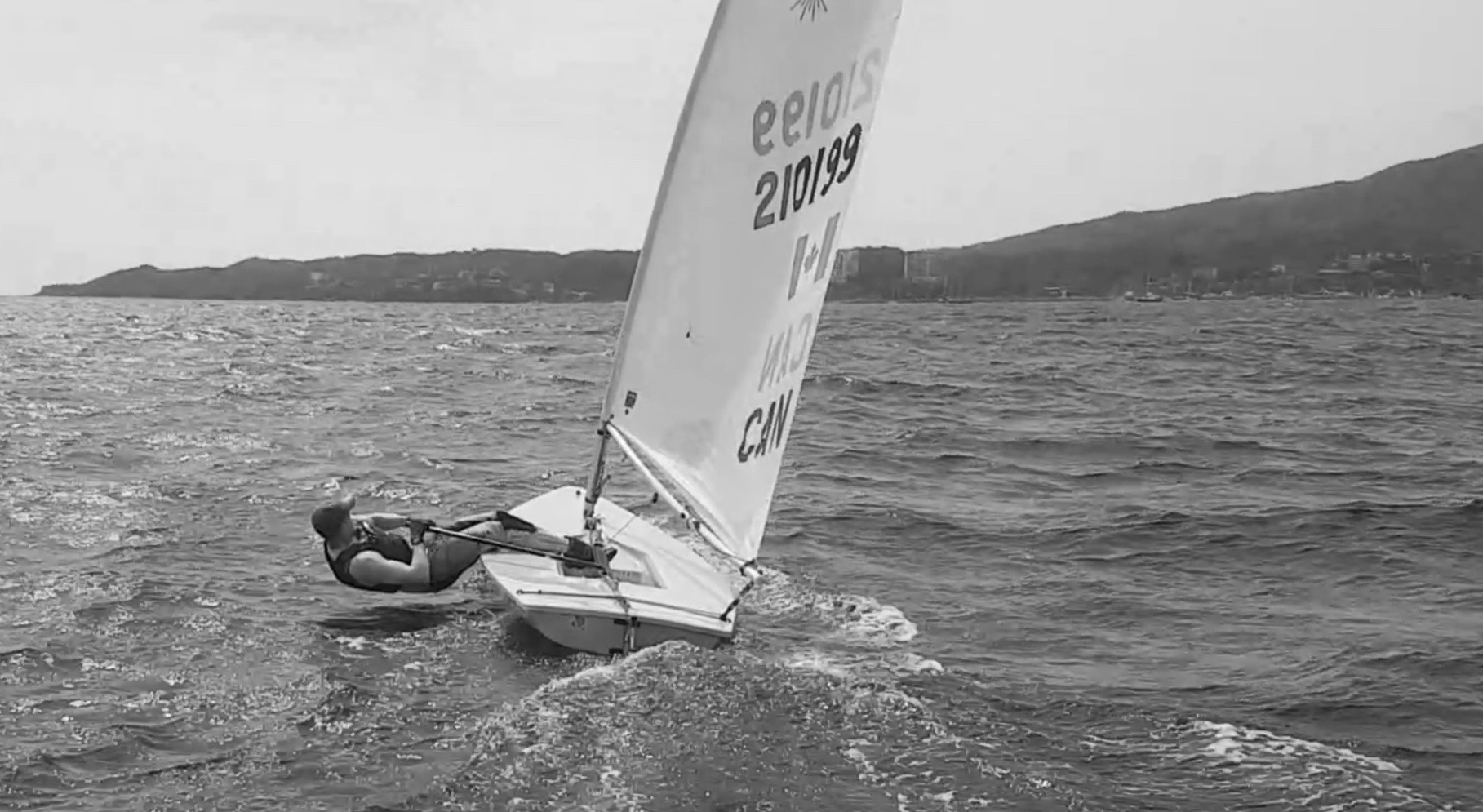
The most important thing is a good balance. You need to be at the point where you know how to crank on your controls when you need them, and sufficiently hike to keep the boat flat and not pinching. Knowing about the body movements during sailing is of much importance.
Body movement in the Laser is not a one-dimensional form of creating speed or negotiating waves. The perception is that ooching, flattening, rocking or pumping is a way of creating energy that directly affects boat performance. The truth is completely the opposite. Lasers, like every other boat, is meant to be sailed with the consistent laminar flow around the foils and the sail. Many of the “jerky” movements disrupt this flow and concludes installing the foils and slipping sideways.
Torquing is a physical and sometimes powerful way of helping balance your helm as your steer through waves.
So the question is, why do Laser sailors always look like they are throwing their shoulders around? We call this movement a torque.
In flatwater conditions, there is no element that slows your boat down like waves or chop. In flat conditions, your laser has a longer waterline and is consistently creating a bow wave. This allows your boat to move at optimal speed all of the time. When it starts to get choppy, the bow will often detach from the water and slam down into the next wave. This affects your apparent wind, which is the wind direction that you sail by. As your speed is slowed by the pounding of each wave, your apparent wind angle moves aft, and your boat will get weather helm, which is not desirable and throws off your rhythm. So how do we keep the waterline long, while sailing in choppy conditions?
This is when steering comes into play. Although it sounds slow, movement of the rudder to constantly steer the boat through the waves can be effective. The correct technique is to head up into the wave as it crashes on your bow. After your bow crests the wave, you keep the knuckle of the bow attached to the back of the wave by bearing away with your rudder and return it to the centerline as your bow crashes into the next wave. If your boat is not balanced correctly, you will struggle to bear away sufficiently and or steer your bow too high into a pinch.
When applying this to your sailing, remember that the bow slamming into the water is exactly what we’re trying to avoid.
Torquing is a physical and sometimes powerful way of helping balance your helm as your steer through waves. The torquing motion calls for leaning back on your aft leg, and outwards, giving your boat a powerful and balanced righting moment.
Learn this and more with a custom clinic
When applying this to your sailing, remember that the bow slamming into the water is exactly what we’re trying to avoid, so rolling onto your aft leg and hiking harder will help balance the boat both fore-aft and leeward-windward.
Check out Us Sailing Team Member Charlie Buckingham showing some great torquing: